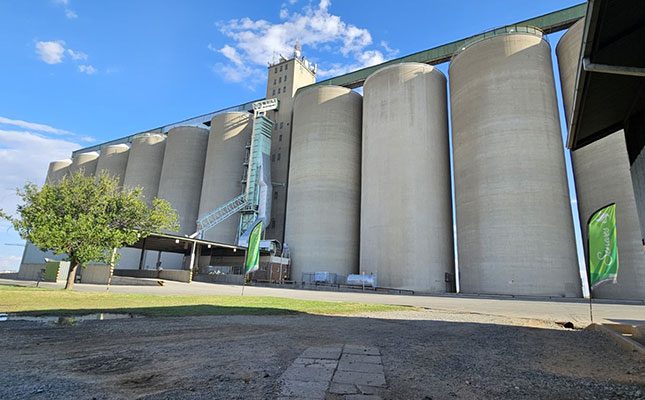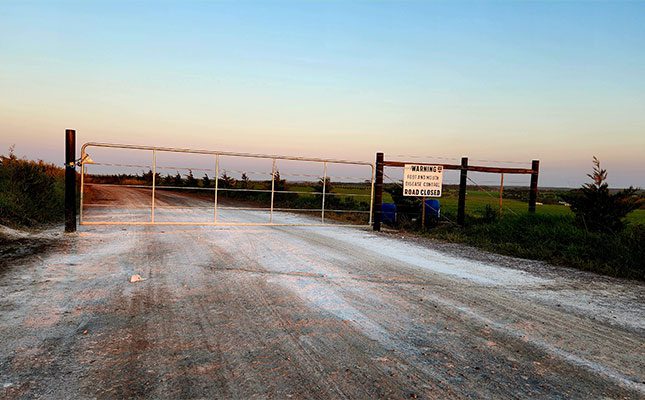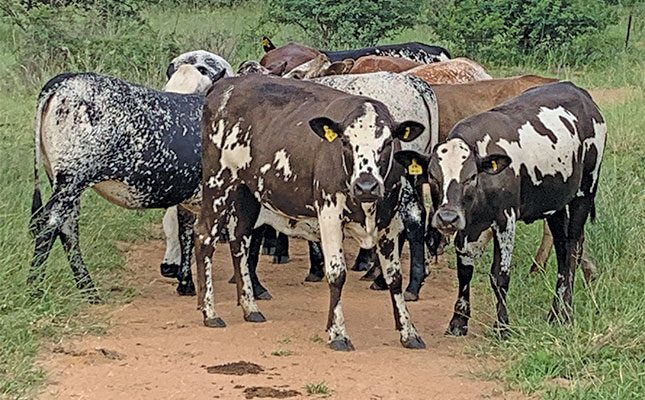
Photo: Glenneis Kriel
Despite ongoing economic uncertainty and environmental pressures on producers, global dairy prices have strengthened over the past year.
According to the Food and Agriculture Organization of the United Nations (FAO) Dairy Price Index, which tracks international prices of butter, cheese, skimmed milk powder, and full-cream milk powder, values fell sharply from mid-2022’s record highs to much lower levels by September 2023.
Since then, the index has climbed steadily, and by June 2025, it was almost back to mid-2022 levels, 21,57% higher than in June 2024. Prices eased by 8,55% between June and October 2025 but remained 2,5% higher year-on-year (y/y).
Speaking to Farmer’s Weekly, Alwyn Kraamwinkel, CEO of the South African Milk Processors’ Organisation (SAMPRO), said the upward trend is due to tight global supply and the ongoing uncertainty that continues to drive price volatility.
Global price variation
Price movements among individual dairy products varied significantly over these years, reflecting different supply and demand situations.
The price of butter, for instance, increased sharply from mid-2023, and by August 2025, had reached its highest level in nine years.
The price of Cheddar cheese moved fairly sideways from December 2023 to July 2024 before trending upwards, although it remained below the highs of 2022. Whole milk prices dropped to below 2021 and 2022 levels during the third quarter of 2023 before improving steadily from mid-2024.
The skimmed milk powder price decreased through most of 2023 to levels below those seen in 2021 and 2022 before edging slightly higher.
Kraamwinkel said predicting future price movements is difficult due to ongoing geopolitical uncertainty. However, futures recorded at the Global Dairy Trade auction on 4 November did not indicate a further significant downward movement.
Environmental pressure
Simultaneously, the global narrative around dairy farming is beginning to shift. Kraamwinkel said dairy producers, particularly in the EU, have faced intense environmental scrutiny in recent years, especially around pollution and methane emissions.
During the recent International Dairy Federation Summit in Chile, the FAO and other delegates noted a growing appreciation for dairy’s nutritional value and the industry’s role in carbon sequestration.
“For years, the focus was largely on methane emissions and environmental pollution, but a more balanced understanding is emerging; one that recognises dairy’s potential contribution to climate solutions through improved soil management and carbon sequestration,” Kraamwinkel said.
He added that a positive narrative around dairy’s environmental and nutritional value can strengthen consumer confidence and demand, particularly in sustainability-conscious markets. It could also soften regulatory pressures, leading to less restrictive rules and incentives for climate-friendly practices.
Farms recognised for carbon sequestration may gain access to carbon credits, green finance, or sustainability premiums, while broader acceptance of dairy’s role in climate solutions could encourage governments, investors, and co-operatives to continue investing in the industry, improving production efficiency, and supporting long-term price stability.
Production realities
Globally, the number of dairy producers continues to decline.
“This is a sensitive topic often dealt with in a politicised way. But, whether you’re in a regulated market like Canada or a free market like South Africa, the trend is the same: the most competitive producers grow at the expense of the least competitive ones,” Kraamwinkel explained.
Despite these pressures, South African dairy farmers rank among the most competitive in the world.
“Leading South African producers are world-class in animal welfare, environmental care, biosecurity, feed management, and technology adoption,” he added.
According to him, this technological and management excellence is critical to maintaining efficiency, reducing environmental impact, and ensuring resilience in a volatile global market.
Kraamwinkel identified service delivery as one of the biggest challenges facing local dairy producers and processors.
“The industry needs reliable infrastructure, such as roads, clean and secure water and electricity supplies, and waste management to function optimally. Service delivery has been poor in many areas [of the country], and costs have also increased.”
In addition, producers must compete with heavily subsidised countries, which distorts global prices.
Local market
Locally, slow economic growth and high unemployment continue to constrain demand for dairy products.
According to NielsenIQ’s analysis of retail sales and prices of fresh milk, long-life milk (UHT), flavoured milk, yoghurt, maas, pre-packaged cheese, cream cheese, butter, and cream, as cited in SAMPRO’s Summary of Key Market Signals for the Dairy Industry in August 2025, sales of six of these products were lower in 2021 than in 2020, and again in 2022 compared with 2023.
In 2023, retail sales of all nine categories declined by between 0,6% and 8,7% compared with 2022, while prices increased by 1,3% to 13,6%.
In the year ended December 2024, retail sales of eight of the categories increased by between 0,5% and 6,8% y/y, while retail prices of five increased by 0.1% to 6% and those of the rest decreased by between 0,4% and 3,7%.
For the year ended June 2025, retail sales quantities of fresh milk and flavoured milk were lower than the previous year, at 0,7% and 0,8%, respectively. Retail prices of three of the products, however, decreased: fresh milk by 2,4%, UHT milk by 1,3%, and maas by 0,5%.
“The statistics show that improved retail performance in 2025 coincided with smaller price increases or even price decreases,” Kraamwinkel said.
Export growth
High international prices along with market uncertainty, logistical challenges, and local market pressures have pushed South African dairy product export volumes up substantially.
Kraamwinkel pointed out that South Africa was traditionally a net exporter of milk and cream, including UHT milk, buttermilk, and yoghurt. However, from 2023, cheese and curd were added to the list, followed by butter from 2024 to September 2025. The country remains a net importer of whey and whey powder.
Most exports go to neighbouring African countries, as accessing the EU and other developed markets remains difficult due to stringent export requirements.
“There is strong potential to expand exports of longer-life products such as UHT milk, cheese, and milk powder, but there are several stumbling blocks hindering our export potential,” Kraamwinkel said.
The first is meeting import requirements, including an official chemical-residue programme, which South Africa currently lacks.
“The dairy industry worked hard to develop a concept and presented it to government, but it would be challenging to implement such a programme. In the absence of that, we will not be able to export to the EU,” he explained.
The effective management and improved traceability of animal diseases such as foot-and-mouth disease also fall into this category.
Additionally, Kraamwinkel said people often talk about expanding into international markets as if they were stable. However, the FAO index shows that over the past 25 years, annual price fluctuations between the highest and lowest values have averaged around 25,6%.
Kraamwinkel concluded that while producers naturally focus on production efficiencies to drive long-term success, market awareness is just as important.
“The farmers who thrive are those who combine production efficiencies with an understanding of the market and what it wants,” he said.











